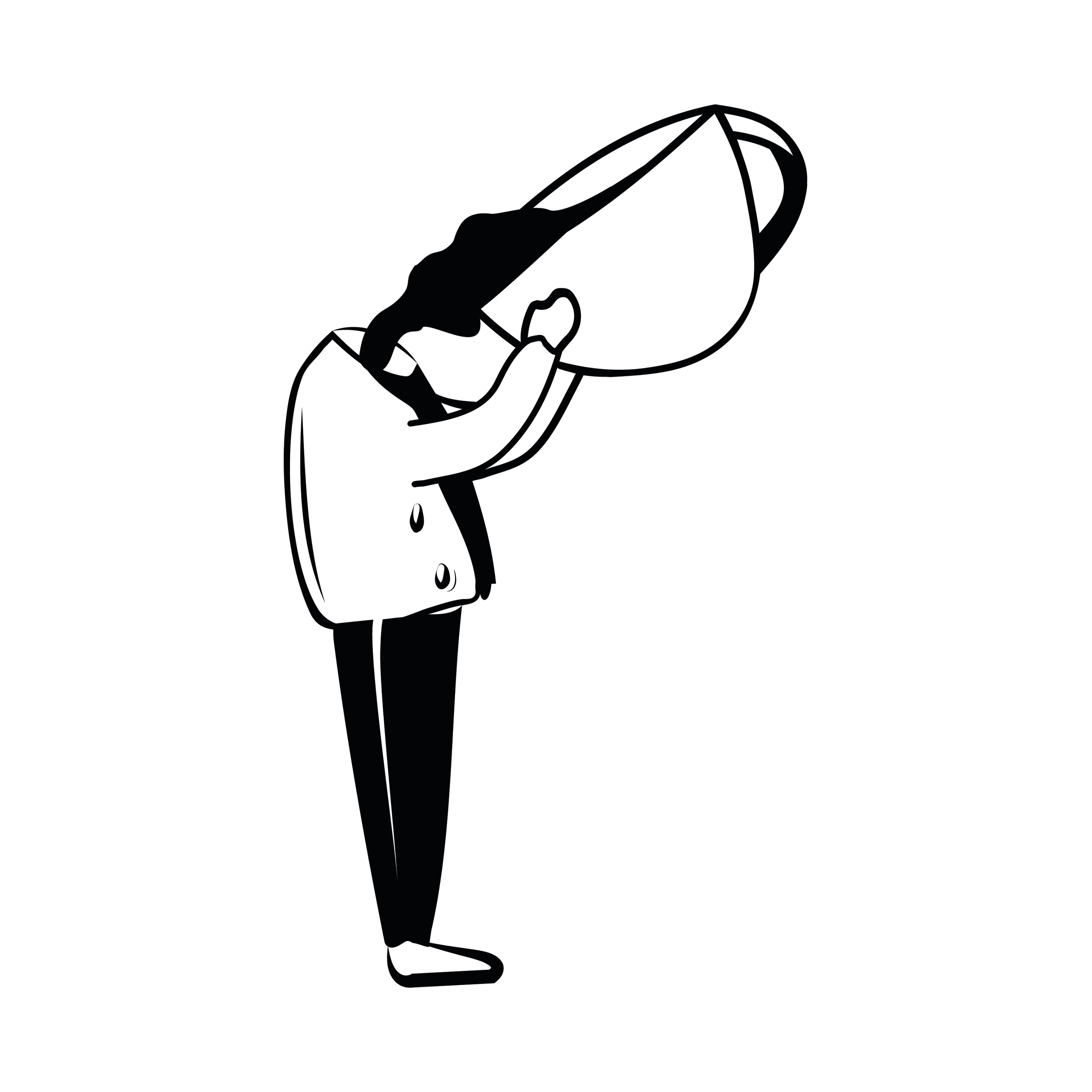
Mastering the Art of Creating Stunning Latte Designs
- Adam | Northside Coffee

- Jun 30
- 4 min read
Latte art is more than just a trend; it’s a beautiful blend of skill, creativity, and a passion for coffee. In recent years, this craft has gained tremendous popularity in cafes and home kitchens alike. If you're intrigued by the idea of transforming a simple cup of coffee into an artistic masterpiece, you're in the right place. In this guide, we will explore the essentials of latte art, provide tips on technique, and delve into the tools and ingredients you’ll need to master this engaging art form.
Understanding Latte Art
At its core, latte art is achieved by pouring steamed milk into a shot of espresso in such a way that it creates a pleasant pattern or design on the surface. Most commonly recognized designs include hearts, rosettas, and tulips. The beauty of latte art lies not just in the visual appeal, but also in the technique behind it. Creating stunning designs requires practice, patience, and a good understanding of the underlying science.
The Science Behind Steaming Milk
To successfully create latte art, it is essential to understand the science of milk steaming. When milk is steamed, it goes through a specific process where the proteins and sugars react to heat, resulting in a smooth, velvety texture. This microfoam is crucial for latte art, as it is what allows the patterns to float on the surface of the espresso.
Temperature: The ideal steaming temperature is between 150°F and 155°F. Heat above this can scald the milk and create a burnt taste.
Frothing: Proper frothing incorporates air into the milk while heating it. This is where the skill comes in. You want to create a creamy texture, not big bubbles.
Type of Milk: While whole milk is commonly used for its creaminess, alternatives like oat milk and almond milk can also work well for latte art if steamed correctly.

Essential Tools for Latte Art
Before you start creating beautiful latte designs, it’s important to have the right tools. Here’s a list of the essential equipment you will need:
Espresso Machine: The heart of any coffee shop, a commercial espresso machine can deliver consistent pressure and temperature.
Milk Frother or Steamer: If you’re at home, a standalone milk frother can also work wonders.
Milk Pitcher: A narrow spouted pitcher gives you better control over the flow of milk, which is crucial for creating designs.
Coffee Scale: To ensure you get the right amount of coffee grounds and water, using a coffee scale is beneficial.
Latte Art Tools: While not essential, tools like a latte art pen can help you refine your designs and add intricate details.

Basic Techniques for Creating Latte Art
Once you have your tools and ingredients ready, it’s time to start practicing some basic techniques.
1. The Heart
The heart is one of the simplest latte art designs and a great starting point for beginners:
Pouring: Begin by pouring milk into the center of the espresso cup from a few inches above the surface. As the cup fills, lower the pitcher closer to the cup.
Creating the Heart Shape: As you pour, move the pitcher slightly back and forth. Once you see the white foam rising to the top, move the pitcher towards the back of the cup and finish the pour, creating a heart shape.
2. The Rosetta
The rosetta is slightly more complex but definitely worth the effort:
Pouring Technique: Start the same way as with the heart, but once you see the foam, wiggle the pitcher back and forth gently as you pour.
Finishing Touch: Once you’ve reached the edge of the cup, pull your pour straight back. This creates the wings of the rosetta.
3. The Tulip
A combination of both heart and rosetta, the tulip is an impressive design to master:
Layering Pours: Begin with a small heart pour, then add a layer of rosetta. Finally, top it with another heart pour. This creates a beautiful layered effect.
Remember, practice is crucial for mastering these techniques. Don’t be discouraged if your first few attempts don’t turn out as expected. Keep experimenting and learning from each attempt.

Tips and Tricks for Better Latte Art
As you embark on your latte art journey, here are some useful tips that can help improve your technique:
Practice with Water: Start by practicing your pouring technique with water or milk in an empty cup. This helps to get a feel for the flow and control before adding any espresso.
Consistency is Key: Aim for a consistent pour. The speed and angle at which you pour significantly affect the final artistry.
Temperature Matters: Keep an eye on the milk temperature throughout the process. Scalded milk will ruin the texture, while too cool milk won't foam properly.
Engage in Learning: Consider joining a latte art workshop to learn from professionals and gather new techniques in a structured setting.
Mastering latte art may take time, but with patience and practice, you'll be able to impress everyone with your creations.
Final Thoughts
Latte art is not just about making coffee; it’s about crafting a visual experience. The satisfaction that comes from creating a beautiful design is unmatched. Whether you're aiming to impress friends, enhance your café skills, or simply enjoy coffee in a new way, mastering latte art opens up a world of creativity.
As you practice your skills, always remember that coffee is best enjoyed when shared. So, invite friends over for a latte night, and showcase your newfound skills! For those eager to dive deeper into the world of coffee and latte art, consider taking a latte art workshop to refine your craft and learn from expert baristas. Enjoy the art of coffee, and let each pour be a reflection of your creativity!




Comments